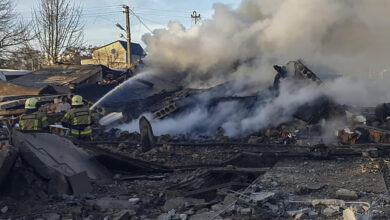Delhi Under The Grip Of Dengue And Malaria. Who Is Really Killing Delhi; Mosquitoes Or The Corrupt System?
The Indian Capital of Delhi is increasingly caught in an unmanageable tangle of alarming escalations of vector-borne diseases, particularly dengue and malaria. The intensification has been further worsened by systemic malpractices in the very institutions of the Municipal Corporation of Delhi, where even allegations of corruption and its stunning mismanagement have hindered its public health response. This article explores the causes of dengue and malaria in Delhi, the impact of corruption on sanitation and public health measures, statistical trends over recent years, and actionable recommendations for addressing these pressing issues.
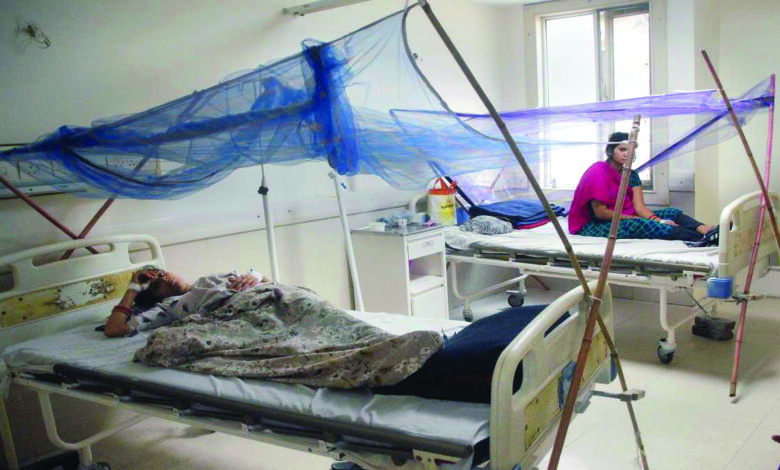
The national capital, Delhi, is facing its worst public health crisis. Every year, with the advent of the monsoon season, the very city turns into a hub for vector-borne diseases such as dengue and malaria. An apparently solvable problem has thus become a nightmare for public health management owing to an entrenched systemic corruption within the Municipal Corporation of Delhi (MCD).
Despite what is paid in taxes by the citizens and resources allocated for public health upkeep, the infrastructure in Delhi needs to improve. Garbage is piled up in residential areas, open drains are filled with stagnant water, and the list is endless. At its core lies very rampant corruption within the MCD: funds meant for public health initiatives go down the drain, cleanliness drives are paid lip service at best or neglected altogether, and the state of affairs in terms of accountability is virtually non-existent.
Understanding the Causes of Dengue and Malaria in Delhi
Dengue and malaria are both vector-borne diseases that are caused through bites from mosquitoes. Of course, dengue is caused by the Aedes aegypti mosquito, whereas malaria is caused by the Anopheles mosquito. Of course, both need specific breeding conditions, where the one thing India does not have enough of is the neglected sanitation infrastructure of Delhi.
Key Causes of Dengue and Malaria
The stagnant water is the main breeding ground for mosquitoes. Waterlogging is a perennial issue in Delhi, majorly during the monsoon season. Poor drainage systems, overflowing sewers, and uncollected rainwater make excellent breeding grounds for mosquitoes. Even after voicing such grievances for years, waterlogging is widespread across residential colonies, markets, and even public spaces.
The city’s garbage disposal system needs to be more efficient. Piles of garbage are usually left unattended for weeks, thereby collecting waste that becomes a haven for mosquitoes and other disease-causing pests. Delhi civic reports further reveal that more than 60% of garbage collection points in the city need to be better maintained.
Among other problems, open water tanks, exposed concrete structures, and stagnant pools in construction sites further add to the woes of this city. Although there are guidelines, most construction sites are not complying with the mosquito-control measures because of lack of oversight and corrupt practices.
Public awareness campaigns about the prevention of the breeding of mosquitoes by educating the residents are either ineffective or absent. Poor communication from the authorities ensures that most citizens need help understanding basic preventive measures, such as covering water containers, using mosquito repellents, and cleaning their surroundings.
Corruption in MCD
Though the maintenance of sanitation and public health in Delhi is the responsibility of the MCD, systemic corruption has rendered the institution incapable of fulfilling this mandate. Here’s how corruption within the MCD has worsened the dengue and malaria crisis:
One of the MCD’s greatest responsibilities is the organisation of cleanliness drives to keep the city free of garbage and filth. But these drives are often hardly carried out. Often, officials indulge in misreporting or falsification of those drives, pocketing funds meant for them.
The MCD spends crores of rupees every year on sanitary and health services. But, it has been found during various audits that a bulk of these funds siphons off. Most of the time, the contractors appointed to clean the drains or collect garbage do not complete their assignments but take a complete payment.
Despite repeated warnings from health experts, drainage systems in many parts of Delhi need to be in better condition. Corruption leads to negligence in de-silting drains before the monsoons, which results in flooded streets, waterlogging, and an exponential rise in mosquito breeding grounds.
Corrupt officials face low measures of consequence even if their negligence results in public health catastrophes. The lack of strict accountability measures has made officials and contractors aggressively disregard their duties, leaving the common citizens to bear the consequences.
Health initiatives that are designed to eradicate mosquito-borne diseases, like fumigation campaigns, need proper surveillance. In some cases, fumigation is confined to certain regions as a form of public demonstration, while vast parts of the city still need to be addressed. Residents commonly voice opinions against officials completely bypassing their areas of residence.
Dengue and Malaria Cases in Delhi: A Statistical Summary
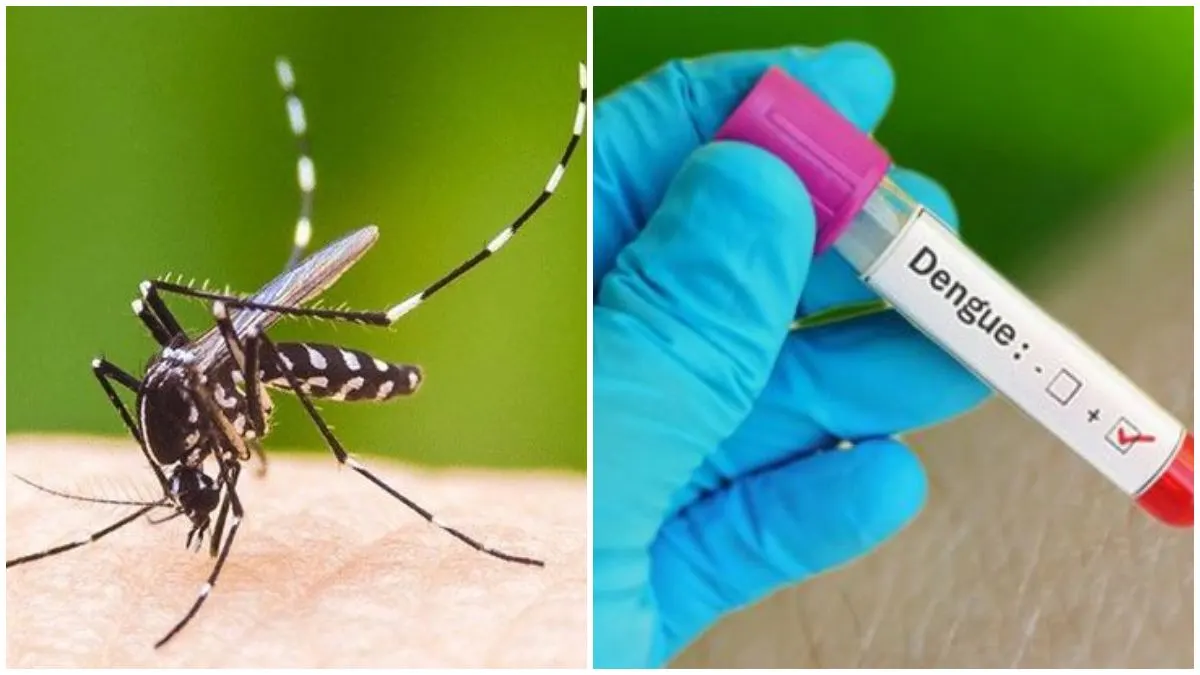
The year-by-year increase in dengue and malaria cases in Delhi points to the failure of the system to deal with these diseases.
Dengue Cases: The Critical Past
- 2022: Delhi reported more than 3,100 dengue cases till September end. In the end, it exceeded 9,500 cases by year end. Deaths were 19.
- 2023: Thankfully, in 2023, dengue cases showed a minor dip but remained alarmingly high, with 3,013 cases reported by September.
2024 (Current Situation)
Till November 2024
- Delhi has recorded 1,229 dengue cases so far. Till September end, more than 650 cases have been reported.
- The Najafgarh zone continues to be the worst-affected area, contributing more than 30% of the reported cases.
- Malaria cases also rose, with 363 recorded in September 2024 compared to 294 recorded for the same period last year.
Chikungunya Cases
While the number of chikungunya cases is relatively low compared to dengue and malaria, the disease is rising too, with 43 cases recorded in 2024 as compared to 23 cases last year.
Why is Corruption the Major Cause of Rising Cases?
The connection between corruption and the prevalence of diseases such as dengue and malaria in Delhi is a harsh reality that is yet to be rectified in the city. While these vector-borne diseases are preventable through simple public health measures, they have become periodic health concerns because of systemic failure and corruption in the Municipal Corporation of Delhi or MCD.
The unchecked breeding of mosquitoes, especially during the monsoon season, has become a pressing environmental issue in the face of the city’s sanitation crisis coupled with the non-accountability and wasteful expenditure of public funds. Steps taken are not very effective against these preventable diseases, and corruption at multiple levels undermines the fight against them, leaving the residents of Delhi exposed and frustrated.
One of the most glaring examples is that the money spent on preventive measures needs to be more managed. Hefty budgets for fumigation, cleanliness drives, and public awareness campaigns are well within the purview of the government-all measures necessary in the control of dengue and malaria.
The money usually goes into the drains or is spent ineffectively. Campaigns, thus, remain poorly undertaken to the point where critical regions are left unattended. For example, if fumigation were indeed vital in reducing mosquito populations, it would always be done selectively in various neighbourhoods or applied with substandard insecticides. Such compromise thus leaves many sections of the city at the mercy of the disease.
Poor management of resources has also worsened corruption, and this is another critical problem. Delhi has the finances and human resources for efficient sanitation, but due to corrupt activities, it is not put into practice. For example, contracts for garbage collection are given to firms that spectacularly fail to handle this massive problem in the city.
As such, the piles of garbage and filth collect around homes, open markets and even schools and hospitals. Therefore, it provides a perfect breeding site for mosquitoes. Secondly, there is no accountability about how the contracts are carried out, and officials and contractors close their eyes to the sanitation mess so long as monetary benefits are reaped.
The lack of action on existing regulations is another key aspect that facilitated the health catastrophe. It is obvious that the MCD has laid down clear norms and procedures related to sanitation and public health, including drainage cleaning schedules, avoiding water logging, and enforcing mosquito-repellent measures on construction sites.
However, this is not followed in letter and spirit because of large-scale bribery and lack of accountability. For example, most construction sites do not practice mosquito repellent as proper inspections are evaded or mitigated through bribes. As part of it, waterlogged areas, which are known to be the primary breeding area of mosquitoes, go unattended due to authorities needing to implement proper drainage management.
Remember the fact that complainant complaints are ignored. People from all over Delhi constantly report instances of waterlogging, garbage collection, and mosquito breeding to the authorities. However, for their grievance to be heard or partially redressed is the reason behind MCD’s incompetence.
The dismissal of the grievance makes public health risks worse and further erodes trust in the system. The absence of a responsive mechanism for grievance redress goes on to establish an unending cycle of neglect wherein communities are left to fend for themselves.
Corruption is not only a hindrance to the proper implementation of public health measures but also directly jeopardises public confidence and participation, which are necessary steps in controlling diseases like dengue and malaria. This is not a fantastic feeling when taxpayers see their hard-earned tax money being squandered; it makes people gradually lose interest in cleanliness drives or preventive efforts. With citizen cooperation, even the most magnificent plan will be able to live long.
Statistics on dengue and malaria in Delhi further reflect the depth of the crisis. Over 9,266 dengue cases and 19 deaths had been reported in the city in 2023. Those cases had several ties to poor sanitation, as well as delayed preventive measures.
Delhi recorded 1,229 dengue cases by mid-2024, and the monsoon season will increase the numbers. Malaria though fewer, remains a threat because more than 363 cases reported within the same period. These numbers are not just figures but thousands of lives affected by preventable diseases and the burden they cause to strained healthcare.
This can only happen if taken holistically. Anti-corruption measures must be strengthened; funds allocated for sanitation and public health have to be effectively used. Independent audits, transparency in contract allocation, and strict penalties applied to officials and contractors involved in fraudulent activities are necessary for restoring accountability.
The MCD needs to focus on the implementation of those sanitation and public health norms which already exist. Drains, construction sites, and waterlogged places need to be inspected regularly and in case of violations, penalty needs to be inflicted in time.
Real-Life Case Studies: The Human Cost of Poor Administration and Corruption in Delhi
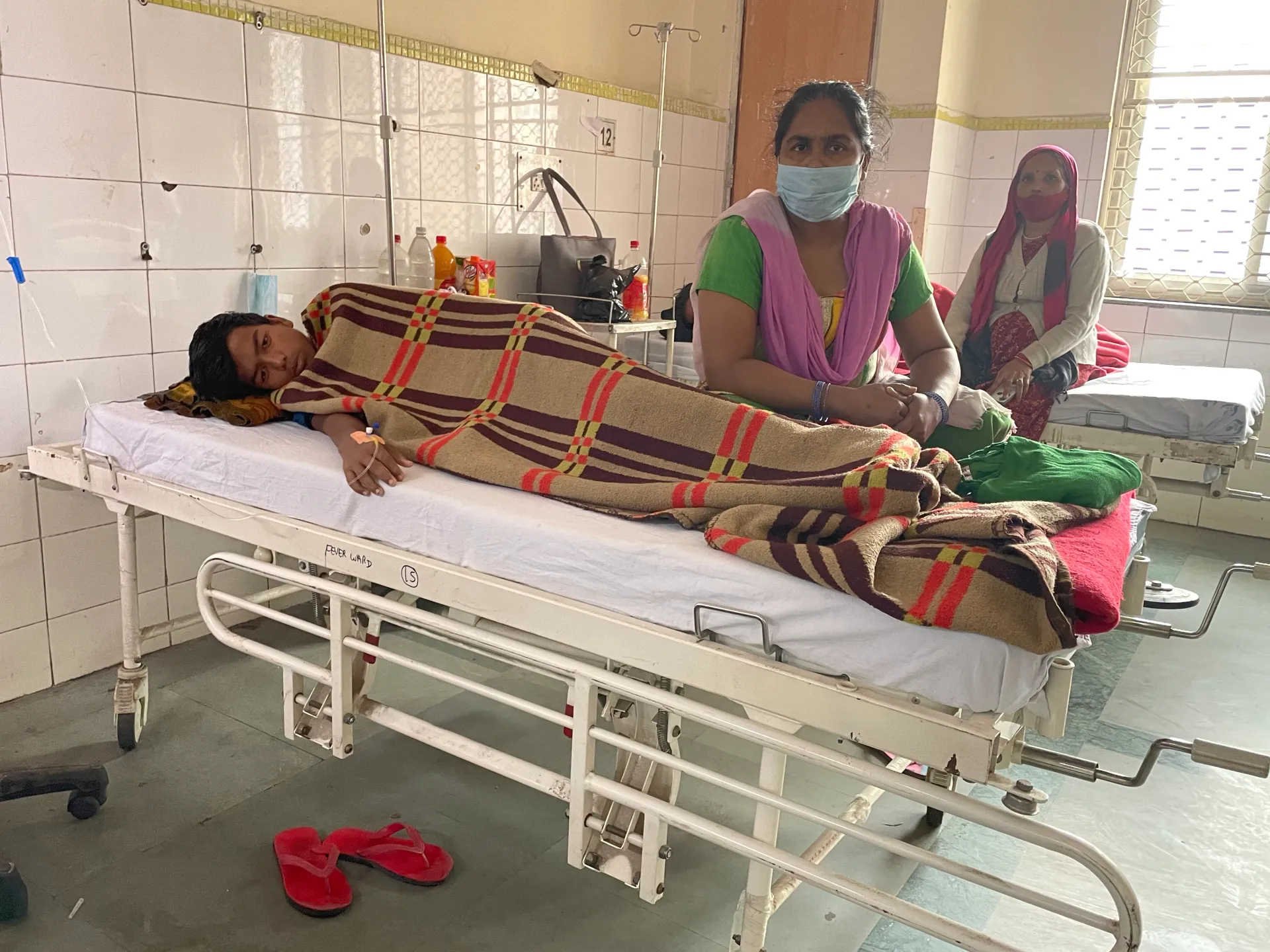
Case 1: The Fatal Death of Anil Sharma’s Child
An 8-year-old daughter was taken away from Anil Sharma, living in East Delhi, due to severe dengue in 2023. His locality was a populous area near a large rubbish dump, which had long been witnessing overflowing garbage and stagnated water conditions. Despite several complaints being lodged to the MCD, no action was taken to improve the unhygienic condition. The daughter, during the monsoon, developed a high fever.
They took her to a government facility; however, it was so full of patients that only a few beds were left. She was referred back with a refusal to take up, and within a private clinic, she started deteriorating due to delayed treatment with a huge spend on medicinal expenses. Repeated efforts by Anil to seek services from the local authorities for fumigation and garbage removal lay in vain, exposing the lethal outcome of administrative neglect and corruption.
Case 2: Construction Workers Put at Risk in Najafgarh
Construction workers working in the large residential project in the Najafgarh zone, which were one of the worst-affected zones in the 2024 dengue outbreak, stood as an unintended victim of the poor enforcement of mosquito-control measures. Construction sites are supposed to be regularly fumigated and stagnant water removed, as established in clear MCD guidelines.
Still, the builder allegedly in cahoots with corrupt officials managed to circumvent the inspection process by bribing officials. This created pools of stagnant water at the construction site, which became breeding grounds for mosquitoes, and more than 30 workers contracted malaria and dengue. For many of these workers who earned daily wages, the treatment was unaffordable, and some could not even take time off. The failure to monitor and the lack of penalisation placed vulnerable populations at greater risk.
Case 3: Uttam Nagar Nightmare of Waterlogging
Within the year 2022, the people of Uttam Nagar witnessed an epidemic-like situation when incessant rains created severe waterlogging that spread across streets like a mosquito-breeding hotspot. The MCD failed to de-silt drains or repair the broken pipelines despite warning before the onset of monsoons. Sanitation contracts were characterised by corruption. The amount appropriated for maintaining drain lines was allegedly siphoned off. Weeks passed, and cases began to rise in the neighborhood.
Hospitals were rushed with patients. Then 62-year-old Meera Devi was also among them, with severe complications caused by dengue because of delay in treatment. Her family had to sell jewellery to get her treated at a private hospital after she could not be admitted at overcrowded government facilities. The experience highlighted how administrative inefficiencies and corruption can be a blight on families.
Case 4: Disregarded Grievances in Sangam Vihar
Sangam Vihar is a thickly populated unapproved colony. Poor sanitation and inadequate garbage collection have been the stories of this locality for so long. In 2023, one section of the residents lodged a grievance petition against garbage collection in their area and regular waterlogging, which was disregarded allegedly by the local officials as the residents had no political influence. The colony became a hotspot when the cases of dengue soared that year, more than 150 within two months.
Among the victims is 34-year-old Rajesh Kumar, who, being a taxi driver, contracted dengue and was benched for over a month. No income during the illness led Rajesh to not pay school fees for his children and rent-money, manifesting the economic fallout from unchecked corruption and neglect.
Case 5: Outbreak of Chikungunya near Yamuna Floodplains
The outbreak of the mosquito-borne disease chikungunya spread its fangs over the poor slum dwellers near Yamuna floodplains in 2021. The overflow of the river had turned this area, devoid of even basic sanitation and drainage, into a fertile ground for breeding mosquitoes.
After several appeals from NGOs working there, the MCD delayed fumigation drives citing inadequate resources. Investigations later showed the money allocated for flood plain sanitation had been diverted to other projects, some allegedly through fraudulent contracts.
Hundreds of residents were infected-including children and elderly people. One particular case was tragic: A pregnant woman who contracted chikungunya developed complications and lost her child. The tragedy exposed how corruption directly undermines health and safety along with vulnerable populations.
Case 6: Corporate Negligence in Rohini
In 2024, a high-profile case in Rohini brought some of the highest-level corporate corruption to the attention of public health. A multinational company operating a factory in the area was found to dump industrial waste into open spaces, creating waterlogged areas perfect for mosquito breeding. Several residents complained that there were dengue cases and seriously hospitalised patients.
Although the company was fined by the local authorities, it would later surface that officials had accepted bribes to let the illegal dumping go on for years. The residents, who had no choice but to live near the polluted area, bore the brunt of the health crisis.
Such actualities show the destruction that poor administration and corruption have brought to public health in Delhi. Beyond the statistics, the stories expose the human suffering that occurs from these failures and how urgently the mechanisms of transparency, accountability, and effective governance are needed to protect the citizens of this city.
What Should Have Been Done?
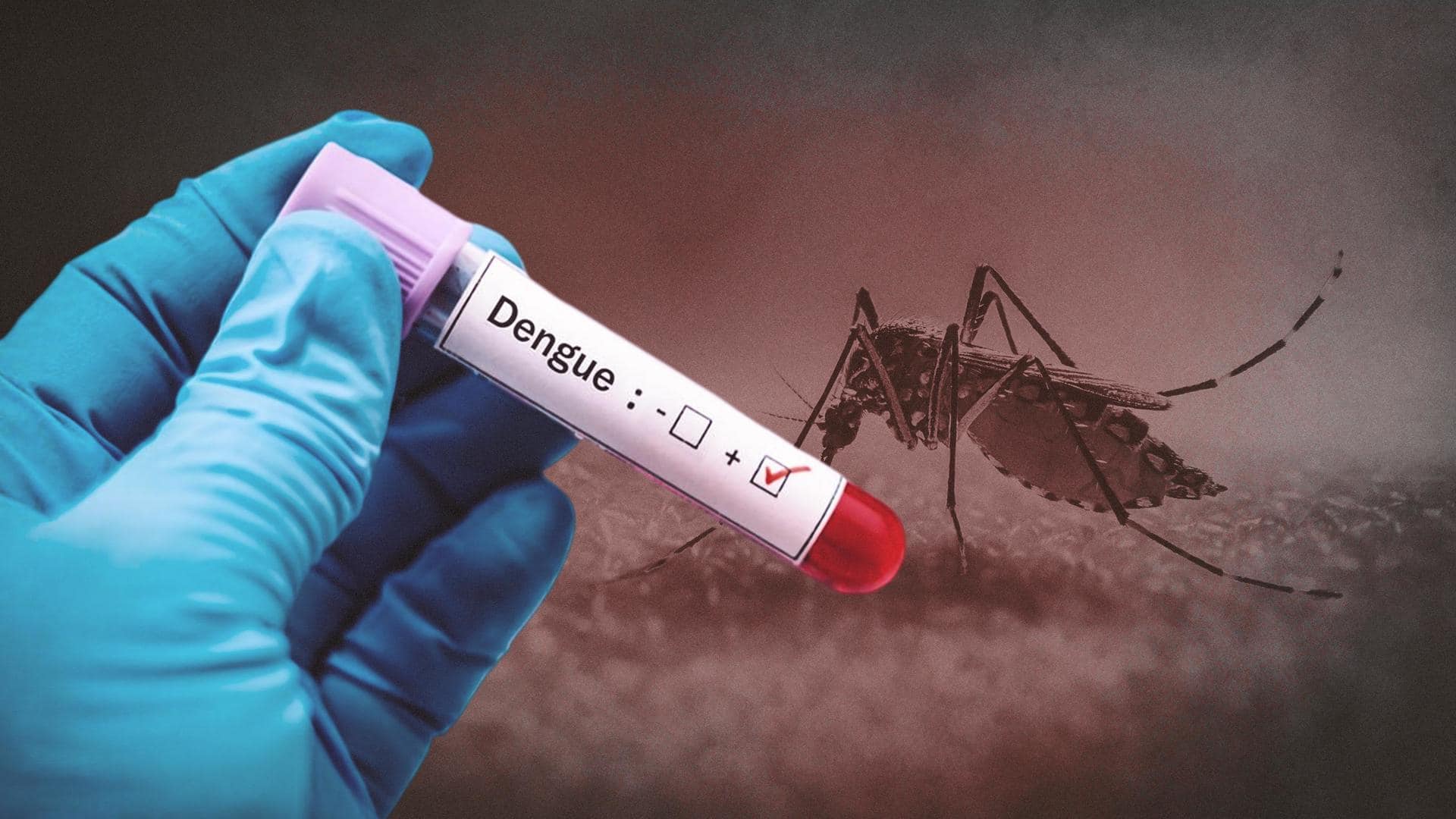
Given the increasing number of dengue and malaria cases, the MCD and Delhi government should have taken initiatives to prevent the situation from becoming worse.
This is where the appalling rise in dengue and malaria cases in Delhi can be attributed-quoting the causes of their failure to institute basic preventive measures and to manage resources rationally. De-silting drains, repairing broken drainage systems, and clearing garbage heaps must be done on top of the pre-monsoon preparations to avoid water stagnation- a prime breeding ground for mosquitoes.
However, these very important tasks were either postponed or overlooked in the advent of monsoons, leaving the city in a vulnerable state. Regular cleanliness drives that could have minimised mosquito-breeding grounds were conducted periodically and only in select areas, ignoring vast sections of the city that remained overrun with garbage and filth.
Even with adequate budgetary provisions for public health initiatives, the prudent management of the funds raises doubt, with cases of corruption and embezzlement weakening the sanitation scenario.
Better transparency in financial dealings and accountability in the usage of funds would have significantly improved the sanitation infrastructure in Delhi. In addition, strict monitoring of sanitation and public health projects by regular auditing and inspection is grossly lacking, allowing some loopholes in following the guidelines unaddressed.
For instance, construction sites and waterlogged places, which are commonly breeding centres for mosquitoes, needed to be monitored properly, thereby further worsening the health situation.
It is equally unfortunate that there was no mass awareness campaign targeting the public in the areas where preventive measures like drainage of stagnant waters and cleanliness of their homes were expected to be preached. The survival of communities through continuous awareness programs could have evoked the collective responsibility to fight the spread of vector-borne diseases.
The neglect of these basic preventive measures has not only exacerbated the health crisis but also highlighted the systemic inefficiencies and corruption that continue to plague Delhi’s public health system, leaving its residents to bear the consequences.
What Needs to Be Done Now?
Measures to deal with the crisis should be short-term and long-term:
What is required for effective tackling of the outbreaks in Delhi is to tackle systemic failures, which have created this crisis. There must be a transparent system of usage of funds; very strict auditing must be ensured to allocate and spend public health and sanitation budgets in an efficient and corruption-free manner with no loopholes.
This will also serve to restort public trust and ensure that scarce resources are deployed where they are most needed. Accountability for negligence must also be promoted—officials, contractors, and other stakeholders failing to perform to acceptable standards must be severely penalised, including termination and going to court.
Such steps will create a responsible culture and discourage others from committing such crimes in the future. Community engagement is equally vital. Improving the condition of neighborhoods through cleanliness drives and information dissemination activities by involving the local population will help create a sense of community ownership. Community Empowerment translates into the active participation of its residents in its upkeep and minimises dependency on overstretched municipal services.
Infrastructure Upgradation Also required is infrastructure upgradation. Modernising drainage systems, upgrading waste management facilities, and strengthening the public health infrastructure are necessary measures that will solve the immediate problems of waterlogging and waste accumulation, which become breeding grounds for mosquitoes. To this end, an independent monitoring authority must also be established.
It would take public health measures, do regular checks on hygiene, and address citizens’ grievances on time so nothing is missed out. These steps may finally create a stronger, transparent, and responsible system to take care of the core causes of the vector-borne disease epidemic in Delhi and safeguard the health and well-being of its citizens.
The increasing cases of dengue and malaria in Delhi are not just a public health crisis but also a deteriorated reminder of how mismanagement and corruption can jeopardise lives. It might be low for 2024 statistics, but the basis remains unresolved.
Citizens pay taxes, hopefully expecting that it will ensure the protection of their health and well-being by their government. Alas, widespread corruption within the MCD has betrayed this trust, leaving residents defenceless against diseases that were preventable.
It is now time for the authorities of the city to act to make its administration transparent, accountable, and capable sanitation practice. The city cannot wait another monsoon season gone with preventable diseases again.


